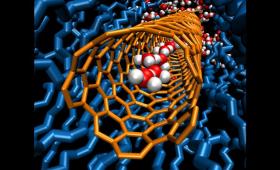Livermore researchers have designed a new class of 3D-printed lattice structures that combine light weight and high stiffness, despite breaking a rule previously thought to be required to exhibit such properties.
Science and Technology
in the News
Science and Technology
in the News
News Center

By comparing observations to large ensembles of climate model simulations, scientists can now better isolate when human-caused climate change was first identifiable in observations.
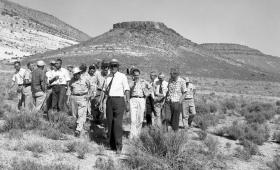
On Sept. 19, 1957, the University of California Radiation Laboratory, Livermore detonated the first contained underground nuclear explosion, “Rainier,” into a long tunnel beneath a high mesa in the northwest corner of the Nevada Test Site.

The Large Synoptic Survey Telescope will take photos using optical assemblies designed by Lawrence Livermore researchers.
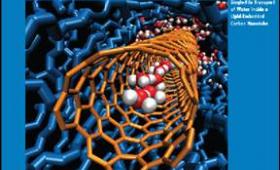
This review article summarizes recent experiments on pores in the ∼1 to 100 nanometer size range that yield surprising results, pointing toward extraordinary transport efficiencies and selectivities for single-digit nanopore systems.
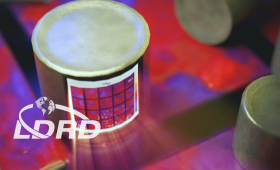
Scientists are going to the microscale to study the diverse characteristics of nuclear fuel pellets that could improve nuclear forensic analysis.
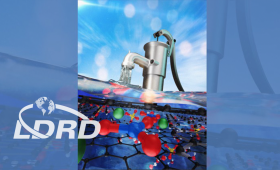
Researchers have developed a technology that can remove nitrate from water selectively.

U.S. Secretary of Energy Rick Perry and Sandy Weill, founder of the Weill Family Foundation, signed a memorandum of understanding to formally initiate a public-private partnership for artificial intelligence (AI), neurological disorders and related subjects.
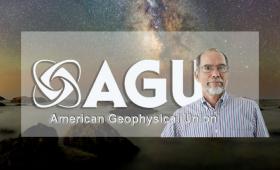
Laboratory climate scientist Karl Taylor has been selected as a fellow of the American Geophysical Union.



